Resket Tower in Mazandaran | Explore Iran's Ancient Heritage
Resket Tower is an ancient historical site located in the village of Resket, within the city of Sari in Mazandaran province.
This structure is one of the remaining round brick towers from the 5th century AH. For those intrigued by places with rich histories, Resket Tower in Mazandaran is a must-see.
The tower is perched on a mountain slope in central Mazandaran, offering a stunning view of the surrounding green plains and dense forests. While many travelers associate northern Iran with the Caspian Sea and pristine forests, the region is also steeped in history, with landmarks like Resket Tower reflecting its deep cultural roots, even mentioned in the Shahnameh.
The History of Resket Tower
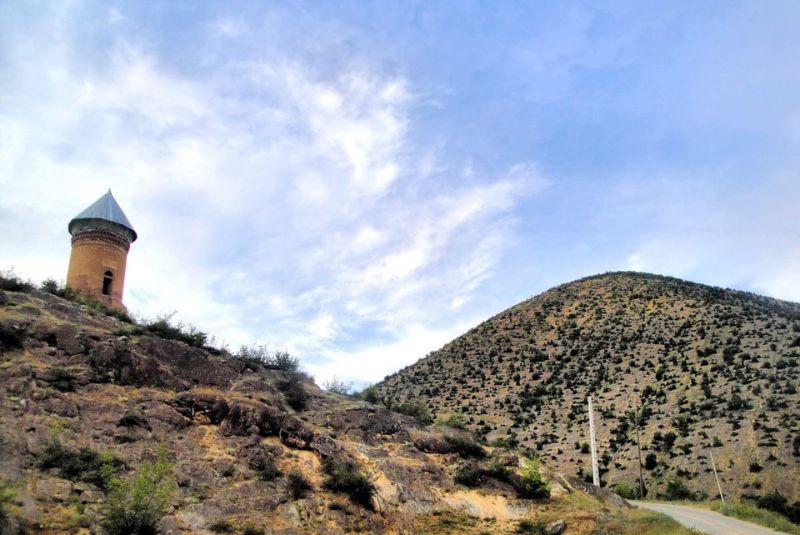
Historical records suggest that Resket Tower was constructed in 413 AH. An inscription in Kufic script on the tower includes letters that spell "Mae," meaning "hundreds," providing a possible clue to its age. However, the exact date of construction remains uncertain due to the partial destruction of the inscription. The remaining text appears to reference the month of Shawwal, with the words "Shawwal" and "Mae" closely spaced together, suggesting that the tower was built in the year 400 AH. The architectural style of Resket Tower aligns with this period, indicating that it was unlikely to have been constructed in either the 300s or 500s AH.
Based on these interpretations, it is believed that Resket Tower was erected during the Ghaznavid era, although it stood within the territory of the Bavand dynasty. The Bavand family had been established in this region since the Sasanian era and, after converting to Islam, ruled Mazandaran for about 700 years. Resket Tower is thought to be the tomb of Shahriar Ibn Qaroun, a member of the Bavand family. Over its 1,000-year history, the tower has undergone renovations twice and was officially registered as a national monument of Iran in 1933.
An intriguing legend surrounds the tower, suggesting that it was built on the site where a meteorite, known as Espahbod Shervin, struck the mountain. The origins of the meteorite's name are unclear, but it may be connected to Mount Shervin in the Dodange summer resort area. Historical sources also mention a ruler named Espahbod Shervin who once governed Mazandaran, further adding to the tower's mystique.
While the exact details surrounding the tower's history may be debated, its enduring presence as a significant historical landmark is undeniable.
Resket Tower Architecture
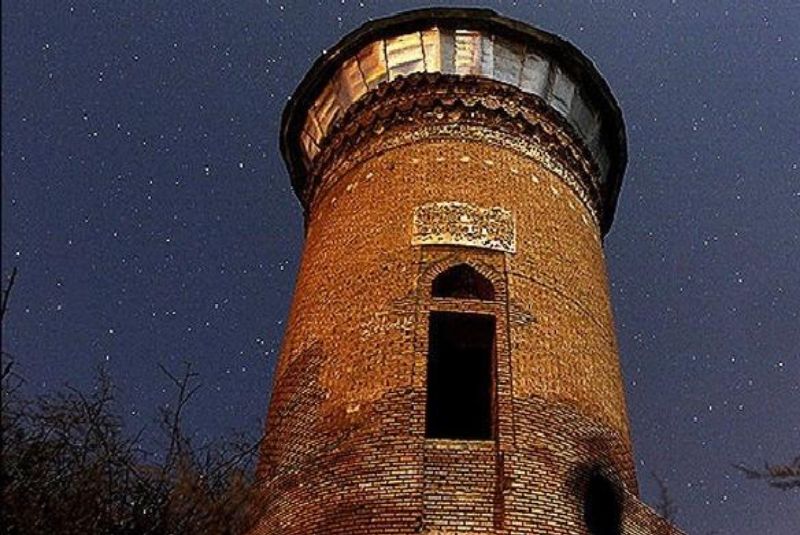
Resket Tower, located in the heart of Mazandaran's forests, is not only historically significant but also stands out as an architectural marvel. As a type of tomb tower, it represents a style popular in Mazandaran during the Bavand dynasty, typically serving as the final resting place for notable figures and local elites.
The tower is constructed on a steep mountain slope, which has long sparked curiosity about how this brick structure has remained stable over the centuries. To investigate, a borehole was drilled around the tower, revealing part of the brick platform and dispelling doubts about its stability. The architects of the time ingeniously carved into the mountain rock to create a stone recess, within which they built the brick platform that supports the tower.
Resket Tower rises to a height of 18 meters, with a base circumference of approximately 15 meters. The transition from the tower's cylindrical body to its dome is adorned with moqarnas—a type of ornamental vaulting. Two inscriptions, one in Pahlavi (Sasanian) script and the other in Kufic script, are also present on the structure. The tower's circular form, topped with a conical roof, features an interior diameter of about 57 meters.
The tower's upper edge is decorated with a double row of brick moqarnas, embellished with plaster designs. Beneath these moqarnas is a Kufic inscription in plaster, though two-thirds of it has been lost over time. The remaining inscription, featuring white letters on a blue background, adds to the tower's aesthetic. Above the entrance, another damaged plaster inscription is visible, consisting of four lines—three and a half lines in Kufic Rihan script, with the final half-line in Pahlavi script.
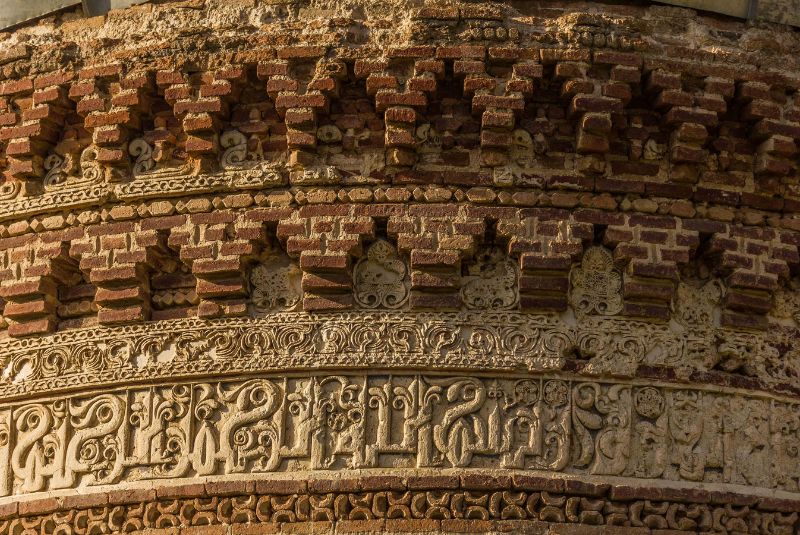
The Kufic text is divided into two sections by a vertical line, with one part containing Quranic verses and the other historical content. A separate vertical line distinguishes the Kufic text from the Pahlavi section. These inscriptions reflect the Islamic faith, with only a few legible words remaining.
The decorative elements of Resket Tower highlight the influence of Sasanian craftsmanship, with intricate carvings adorning the brick structure. However, with the advent of Islam, these Sasanian motifs were skillfully transformed into Islamic geometric designs. Despite its age, Resket Tower remains remarkably sturdy, a testament to the skill and precision of the architects who constructed this enduring monument.
Resket Tower Location and Access

Resket Tower is situated in Reskat Village, Dodangeh District, approximately 40 kilometers southwest of Sari City. To reach the village and the tower, travelers can drive from Sari to the intersection of Qyasar and Soleyman Tangeh Dam. Reskat Village, with its captivating beauty, is located a short distance beyond Lahore.
Visiting Resket Tower is free of charge and accessible 24 hours a day.
Tips for Visiting
While the tower can be visited anytime, day or night, and on any day of the week, it is advisable to explore the surrounding forest area during daylight hours. Proper footwear and clothing are recommended for this excursion.
Best Time to Visit
The optimal time to visit Sari and Resket Tower depends on personal preference. However, spring and autumn are generally considered the most pleasant seasons. Spring offers mild temperatures, lush greenery, and blooming flowers, while autumn showcases vibrant fall foliage and comfortable weather. Summer heat and winter conditions may be less desirable for some visitors.
Resket Tower Nearby Attractions
Resket Village offers a serene setting to admire the Resket Tower and immerse oneself in the surrounding natural beauty. The broader Mazandaran province invites exploration, from the Caspian Sea coastline to pristine forests.
Ooben Waterfall
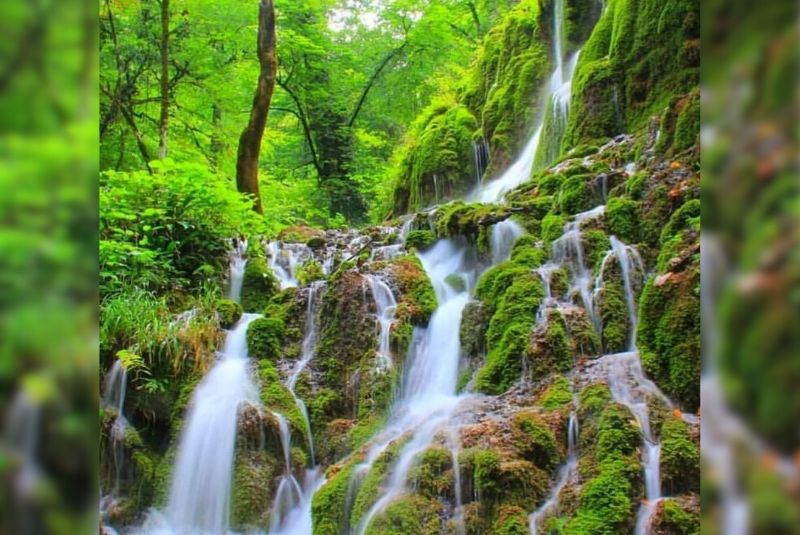
Located in the heart of Dodangeh's dense forests, Ooben Waterfall is a pristine natural wonder. Situated at an altitude of approximately 1700 meters, the waterfall cascades amidst moss-covered rocks and wildflowers, creating a captivating spectacle. Reaching this hidden gem involves a journey through the forest, beginning in Sang Deh Village. The sound of the waterfall gradually becomes audible as visitors approach.
Naz Plain Protected Area
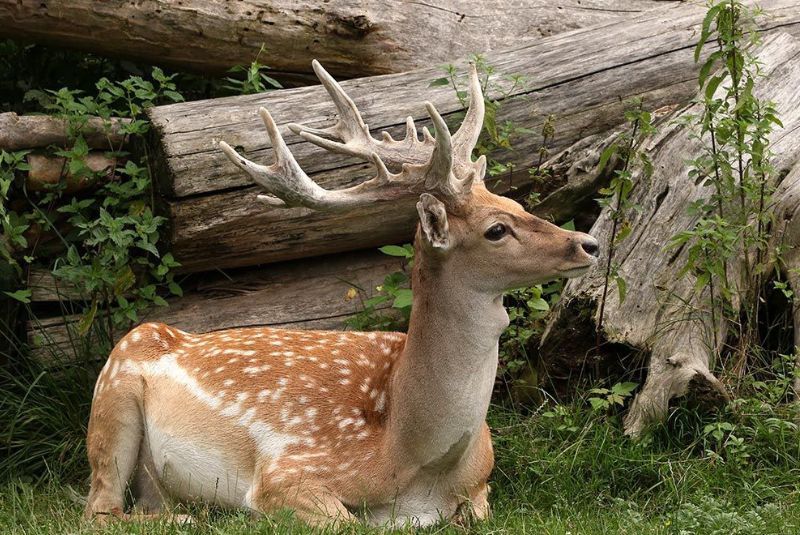
Situated about 5 kilometers northeast of Sari, near the Caspian Sea, Naz Plain is a protected area renowned for its biodiversity. Home to over 300 plant species, including lotus, fern, marsh tulip, and boxwood, the plain also supports a diverse wildlife population, including boars, leopards, rabbits, migratory birds, and various insects. The 250-hectare Naz Plain Wetland is a crucial habitat for numerous bird and plant species.
Beech Green Forest
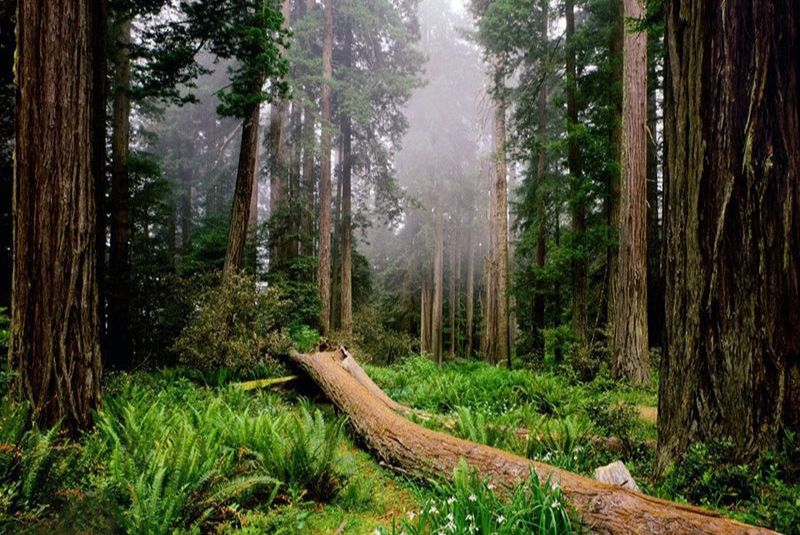
Known as Orost Forest, the Sari beech forest is located 25 kilometers southeast of Sari on the slopes of the Alborz Mountains. Renowned for its abundance of beech trees and broadleaf species, the forest boasts a rich plant and animal diversity. The beech trees create a stunning display of yellow, orange, and red foliage during autumn. The forest is traversed by rivers like Tajan and Zirab, enhancing its natural beauty.
Badab Soort Springs
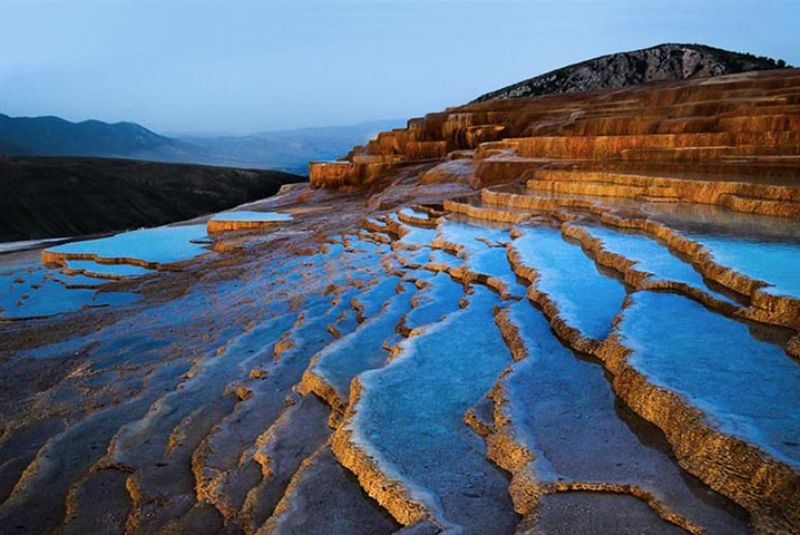
Often referred to as the "Paradise of Iran," Badab Soort Springs feature a series of terraced springs with captivating colors. These springs, near Sari, are renowned for their unique travertine formations and diverse hues. Some of the springs are believed to possess healing properties for ailments like digestive and skin disorders. To reach Badab Soort Springs, travelers must journey from Sari to Zarab City and then to Tirkan Village, followed by a seven-kilometer off-road drive.
Final Takeaway
The Resket Tower, perched above the green hills of Mazandaran, stands as a testament to Iran's rich history and architectural brilliance. Its ancient bricks, weathered by time, whisper tales of the nation's grandeur. This remarkable structure, which has withstood the test of time for nearly a thousand years, is a must-see for anyone exploring Iran and Mazandaran. When traveling through this region, make sure to visit the Resket Tower and experience a piece of Iran's enduring legacy.
Share your story!
Comment below and let us know about your Experience.
Your story inspires others!


Comment
Leave a Comment